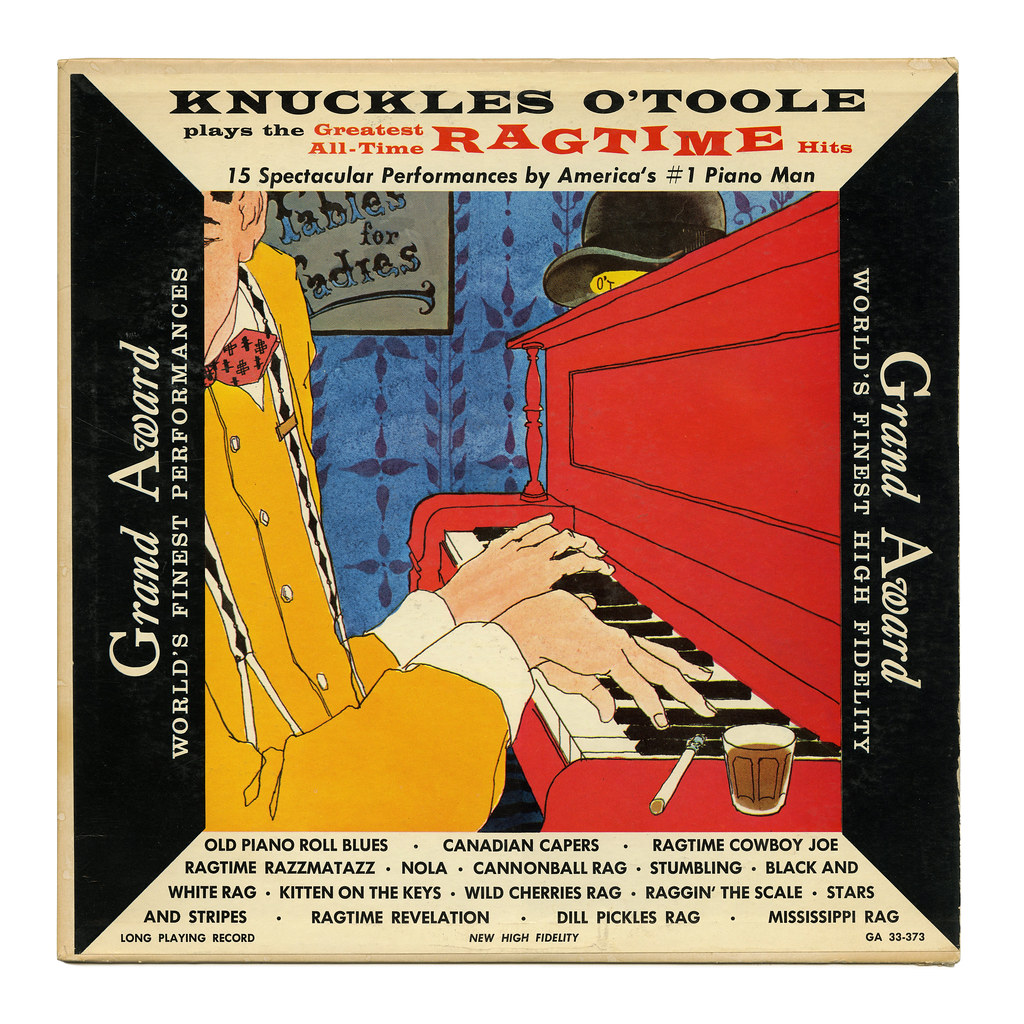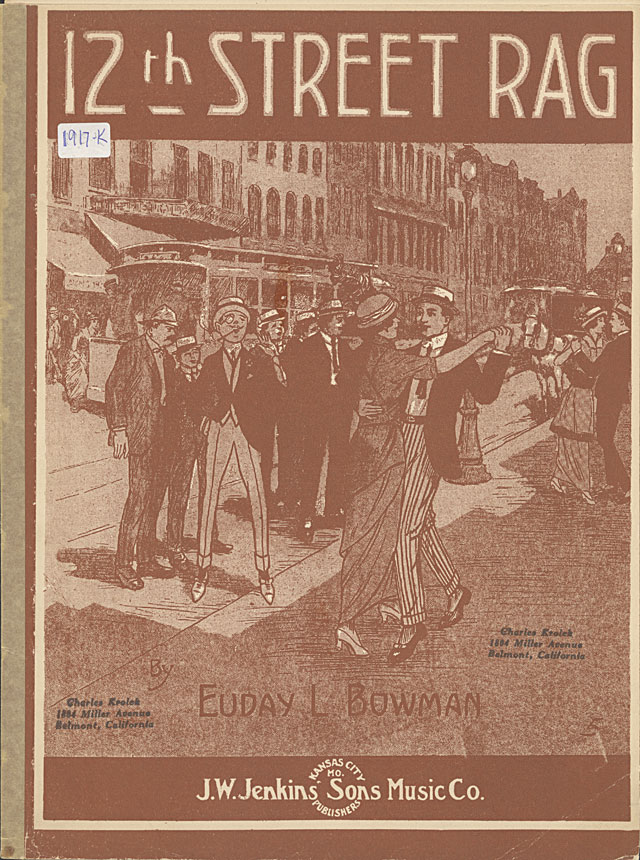I don’t know how it got started that 12th Street Rag became the custard pie stereotype of silent comedy music, and I’ll bet it goes back before Joe Franklin’s TV show. The tune has now been replaced by Yakkety Sax for TV clip compilers for running silly-looking footage, often over-sped, thanks to Benny Hill. I rarely if ever use ragtime when I play for a silent comedy film. To me, aesthetically, it doesn’t feel quite right. And it turns out that historically, it wasn’t used much or at all during the silent era in film accompaniment.
You may feel differently, but this is my take on it.

A majority of silent comedies thrown up on YouTube or Archive.org have got ragtime music on them. Joplin’s Pineapple Rag, and Magnetic Rag and Jelly Roll Morton’s Wolverine Blues seem to be the ones I hear the most. (Really, ‘Tubers? No Maple Leaf?). The choice of Magnetic Rag is weird, as it’s one of the Joplin pieces that’s slower and more moody and where pianists do follow the printed admonition “It is never right to play ragtime fast”.
For me, well, ragtime piano sounds like silent comedy. That’s enough. It’s just as “busy” as silent comedy and as background music it gets in the way. I’m talking about using composed ragtime music from the early 20th century. It can be a help for newer films or footage that need the extra energy. The Dixieland score for Woody Allen’s Sleeper is a good example. The physical comedy in that film is shot in real-time speed, in color, and is performed by someone with somewhat limited skills as a physical comedian.
But to me, silent comedy films already have the energy and the feel that ragtime — music composed nearly an era before these films were made —already possesses. So the challenge is in making the blend work. I’ve had some luck improvising ragtime-sounding music for a film of that era, where I can sculpt the chord progressions and flow of the music to fit the onscreen dramatic action or gag construction so it’s less obtrusive. Perhaps you have as well.
There are places where it dos work and does fit, because of the onscreen action. For instance, for the orchestral score I composed for Chaplin’s The Adventurer, I wrote a piece that resembles ragtime for the sequence in the middle of the second reel where Charlie and Edna dance with other party guests. And it definitely works.
Stride piano, music that has a little more swing to it and is more closely associated with the ‘20s than ragtime does, is a more effective fit and because of its form is a little easier to improvise with, adjusting the musical structure to the onscreen action. I’ve used stride occasionally, and it does fit the genre a little more easily.
